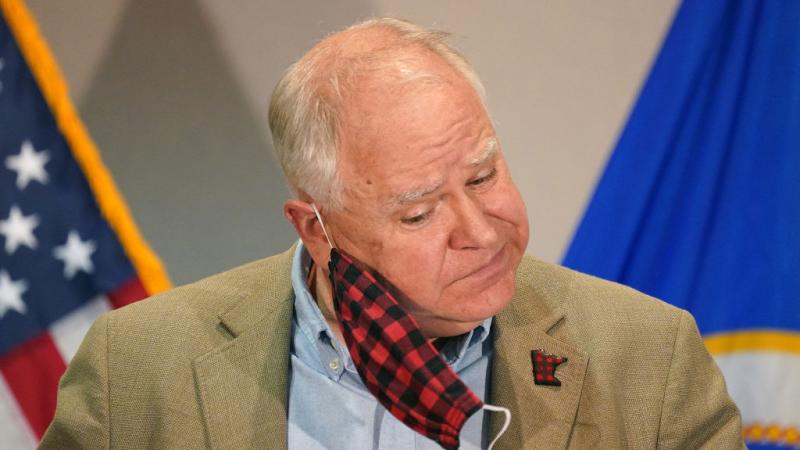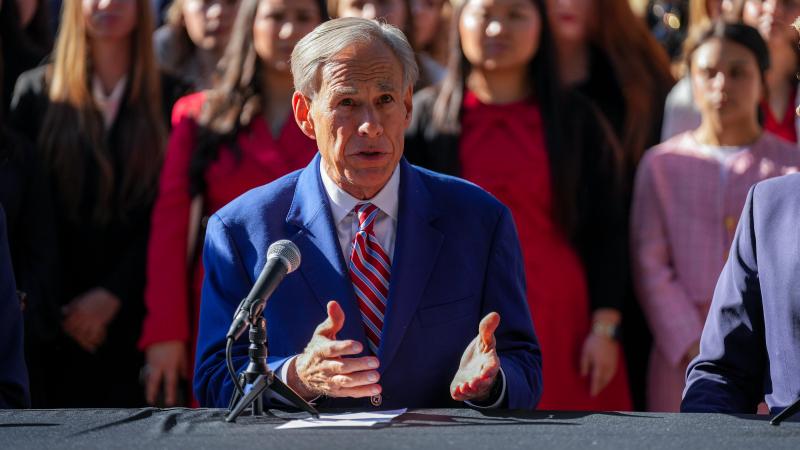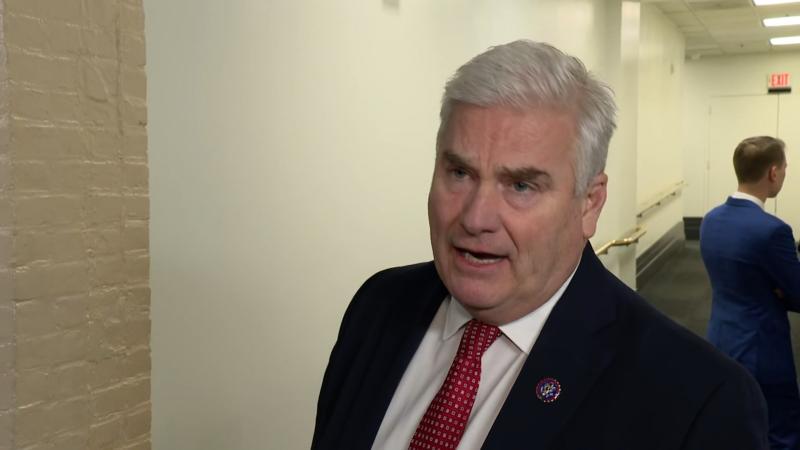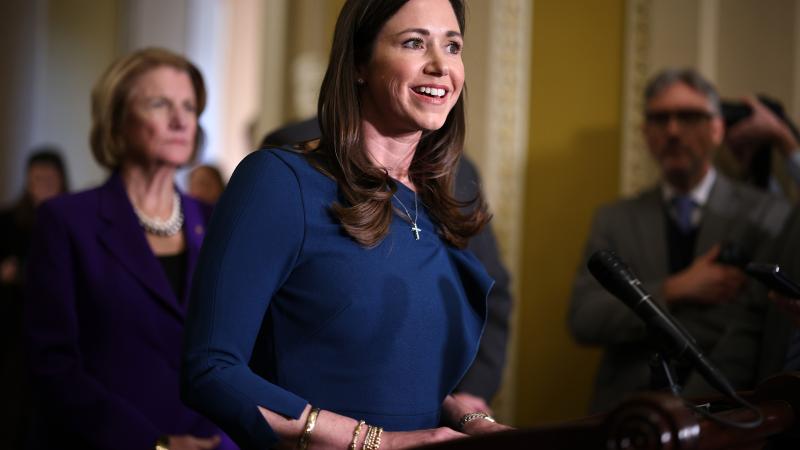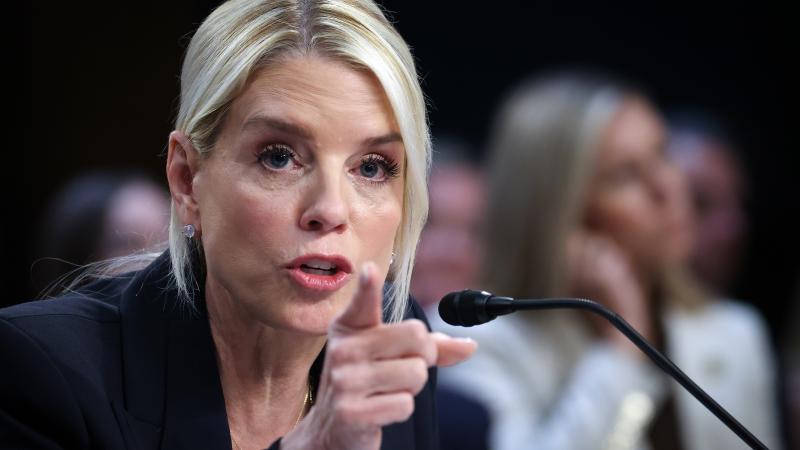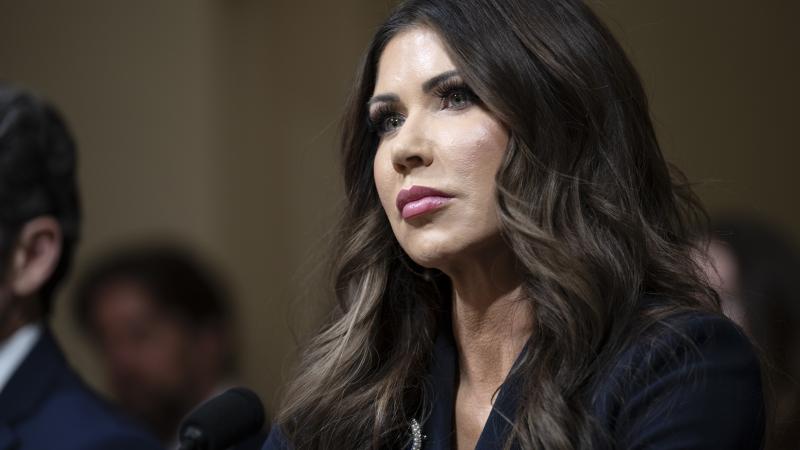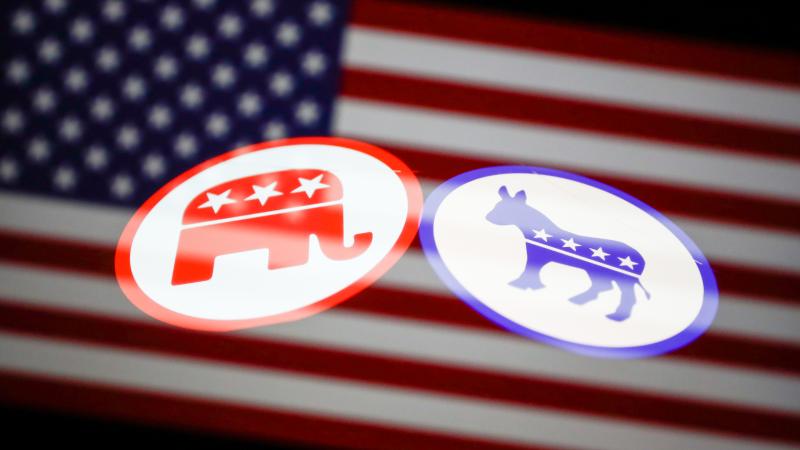Obscure federal commissions and boards funded by taxpayers, contribute to budget bloat and patronage
As Republicans fail to cut spending, more than 430 agencies and commissions continue to receive funds. Who are they and what are they doing with your money, anyway?
This weekend Speaker McCarthy succeeded in passing a Continuing Resolution (CR) to fund the federal government for 45 days, averting a government shutdown. The funding measure, which many of the more conservative Republican House members criticized, maintains 2023 fiscal year spending levels until the House and Senate can pass long-term funding bills.
Though the large federal agencies — like the Departments of Defense and Agriculture — will continue operating, often overlooked are the smaller federal entities — commissions, institutes, and administrations —that continue to receive funding year after year with almost no public attention and can serve as a patronage network for the sitting president using powers granted in Article II of the U.S. Constitution.
The Agency for Community Living, the National Agriculture Library, and the Indian Arts and Crafts Board are but a few of these myriad agencies tasked with functions that are sometimes obscure.
For example, the Indian Arts and Crafts Board is a body under the Department of the Interior dedicated to enforcing a law from 1990 that “prohibits false advertising in the marketing of Indian arts or crafts” according to the federal database on USA.gov. In the 2020 end of year spending bill, $3.5 million in funding was appropriated to help the board combat counterfeit Indian arts and crafts.
Though the funding for this board and the law enforcement bodies aiding it are a drop in the bucket compared to overall federal spending levels, there is significant potential for waste in these programs. In 2011, the Government Accountability Office found that “The size of the Indian arts and crafts market and extent of misrepresentation are unknown because existing estimates are outdated, limited in scope, or anecdotal” making it difficult for the board to carry out its mission.
In fact, recent enforcement actions of the 1990 Indian Arts and Crafts Act have been carried out by U.S. Attorneys’ offices and the Fish and Wildlife Police and FBI in conjunction with tribal police, making the relevance of the body to enforce the act questionable.
In October 2020, a study from the Brookings Institution found that federal “bloat” was at a 60-year high. The report found that federal government layers have increased year over year from the 1990s until the modern day, which each presidential administration adding more.
One difficulty in determining the amount of funding dedicated to the pool of commissions, institutes, and administrations is that “there is no authoritative list of government agencies,” according to the 2012 edition of the Sourcebook of United States Executive Agencies, a project which itself was compiled as an attempt to track the federal bureaucracy.
“Since what constitutes an agency under the APA [Administrative Procedure Act] is governed on a case-by-case basis through litigation, there is no authoritative list of government agencies,” the source book reads. “Every list of federal agencies in government publications is different,” the report continues.
The Sourcebook indicates that according to FOIA.gov, there are 78 independent executive agencies that together have 174 components. Yet, the United States Government Manual identifies 96 independent agencies and 220 components. An an even larger estimate is made by USA.gov, which identifies 137 agencies and 268 total components. Today — in 2023 — the Federal Register lists 435 agencies on its website.
Certain federal commissions and boards are also used as part of the sitting president’s patronage network.
Fo example, at the beginning of Joe Biden’s presidency, he appointed Gayle Manchin, wife of Senator Joe Manchin (D-WV), to be the federal co-chair of the Appalachian Regional Commission (ARC)—a body that apportions federal funding to develop a region that spans 13 states.
At that time, Sen. Manchin played an important role early in President Biden’s presidency as a key vote in an evenly divided Senate. Success in passing his agenda required Manchin’s support. One of Biden’s signature agenda items, the Infrastructure and Jobs Act, provided millions in funding for the ARC.
Gayle and Joe Manchin in their capacities “have directed millions of federal dollars to a small, pristine valley in West Virginia where the couple owns a condo,” The Intercept found. After Gayle Manchin was appointed the federal co-chair of the ARC, she obtained a $1.2 million grant to improve pedestrian trails to boost tourism in the area.
In March of 2015, Hunter Biden’s business partner lobbyist Eric Schwerin was also appointed to one of these commissions by President Obama—the Commission for the Preservation of America’s Heritage Abroad. Schwerin was working with Hunter at Rosemont Seneca Partners at the time. In the months leading up to his appointment, Schwerin sent an email to Hunter Biden linking to the commission’s home page.
Then, during the vetting process, Schwerin forwarded the proposed bio for the press release announcing his appointment. “Wanted to make sure you were good with it,” Schwerin asked the younger Biden. “Looks good to me,” Hunter replied.
“Thanks. Would be great it it gets done tomorrow,” Schwerin continued. “Fingers crossed.”
After the appointment was announced, Missy Owens—Joe Biden’s niece—emailed Hunter in an exchange that reveals the nature of these appointments
“Is this our Eric?” Owens asked. “Yes,” Hunter Biden said.
“How did he/we find that one, and do you think we can find something for my mom?” she asked Hunter. “I didn't know she wanted to do that me of these. Eric asked for one of these the day after the election in 2008,” Hunter replied.
In January of 2022, President Biden appointed television commentator and former lawyer Star Jones as Chairperson of that Commission.
In 2022, upon winning the House, Republicans promised to cut wasteful government spending and the mosaic of federal commissions and boards would have been a target-rich place to start.
Before the House passed its most recent continuing resolution to avert the shutdown, Speaker McCarthy attempted to pass a temporary funding measure that would have delivered 8% cuts across the federal government, forcing agencies to prioritize their spending.
Vocal opposition from the more conservative members of the Republican Caucus, including members of the House Freedom Caucus, which opposed the use of a continuing resolution, derailed the plan.
The Facts Inside Our Reporter's Notebook
Documents
Links
- passing a continuing resolution
- powers granted in Article II
- the federal database
- U.S. Attorneysâ offices
- Fish and Wildlife Police and FBI
- a study from the Brookings Institution
- Sourcebook of United States Executive Agencies
- attempt to track
- lists 435 agencies
- the federal co-chair
- spans 13 states
- millions in funding
- The Intercept found
- $1.2 million grant
- appointed to one of these commissions
- promised
- would have delivered 8% cuts
- House Freedom Caucus

